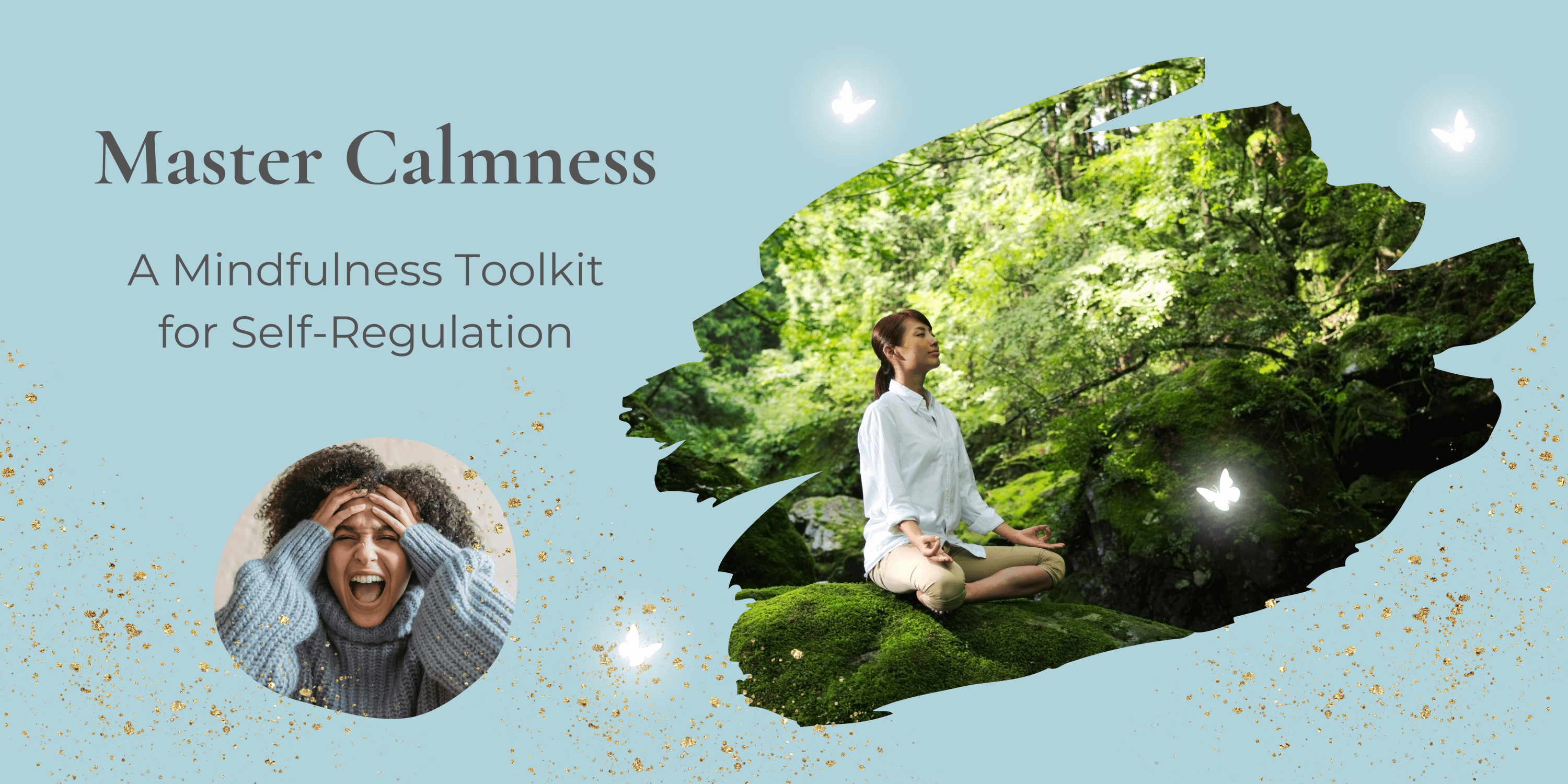
As a mom, I used to be the person whose thoughts raced at 100 miles per hour, leaving me utterly exhausted. I didn't know how to stop the overwhelming thoughts that spun around like a merry-go-round. If you are nodding along, I'm here to help you - in case you need one TODAY!
By the end of this article, you’ll know how to create your own Mindfulness Toolkit with 3 levels of self-regulation tools to help you stay calm, grounded, and present - no matter what life throws your way.
🌲🌲🌲
What's a mindfulness Toolkit?
Unlike physical tools, this toolkit is made up of the knowledge & skills you already have. It's designed to bring your focus back to yourself, assisting you with ups & downs more easily.
Consider this: constantly pulling your attention outward makes you lose control of yourself. Remember, a bird trusts its wings, not the branch it's sitting on. The most effective tools are already within you- you need to know they're there!
Recognizing signs of dysregulation
The Zones of Regulations is a fantastic guide for recognizing signs of dysregulation. It includes four zones: Blue, Green, Yellow, and Red to help identify our physical & emotional state. The Green Zone is where we want to be, and the Red Zone is where we want to avoid.
Self-awareness is the key to creating a one-of-a-kind toolkit that helps you ground yourself in the present moment. Let’s dive into making your own!
3 Levels of Strategies in Your Mindfulness Toolkit
Level 1: Easy
These strategies are quick & easy and can be applied anytime, anywhere, even while reading this article! Some examples of these strategies are taking deep breaths, drinking water, snacking, getting fresh air, stretching your body, taking a short walk, 10 pushups, and much more.
These simple actions can help you get back to the calm state, the Green Zone.
Level 2: Moderate
Moderate strategies require more time, creativity, and planning. These activities, which you enjoy, connect you with your authentic self. The key is cultivating your curiosity.
To help brainstorm ideas, consider:
- What do you enjoy doing?
- What makes you genuinely happy?
- When do you lose track of time?
- What are you naturally good at?
- Which one do you prefer, physical or interactive activities?
Some activities include gardening, hiking, dancing, cooking, reading, painting, swimming, exercising, and much more.
While these require more time and effort, they can be proactive self-care tools to stay or return to a calm state.
Level 3: Extreme
Now that you have some ideas, let's explore the final level of self-regulation tools - these strategies push you to step out of your comfort zone.
They will be challenging, but the reward is ginormous when you commit yourself to time, effort, or consistency. Activities like back-country camping, a variety of training, and cold-water plunging and swimming fall into this category.
There are times when you'll need these tools. They cultivate greater peace and resilience with consistent effort, helping you slow down and be present with yourself.
A little hack: Consider what makes you uncomfortable - the things you KNOW could benefit you or have always been curious about trying. Stepping out of your comfort zone shifts your focus on you. While these strategies demand discipline, their lasting effects on your ability to stay mindful make them incredibly worthwhile.

Conclusion
In conclusion, creating your one-of-a-kind mindfulness toolkit is not just about finding quick fixes; it's about cultivating a sustainable practice of self-regulation that helps you navigate daily challenges with grace and resilience. By understanding and utilizing the three levels of strategies—Easy, Moderate, and Extreme—you empower yourself to stay calm, even when the world seems overwhelming.


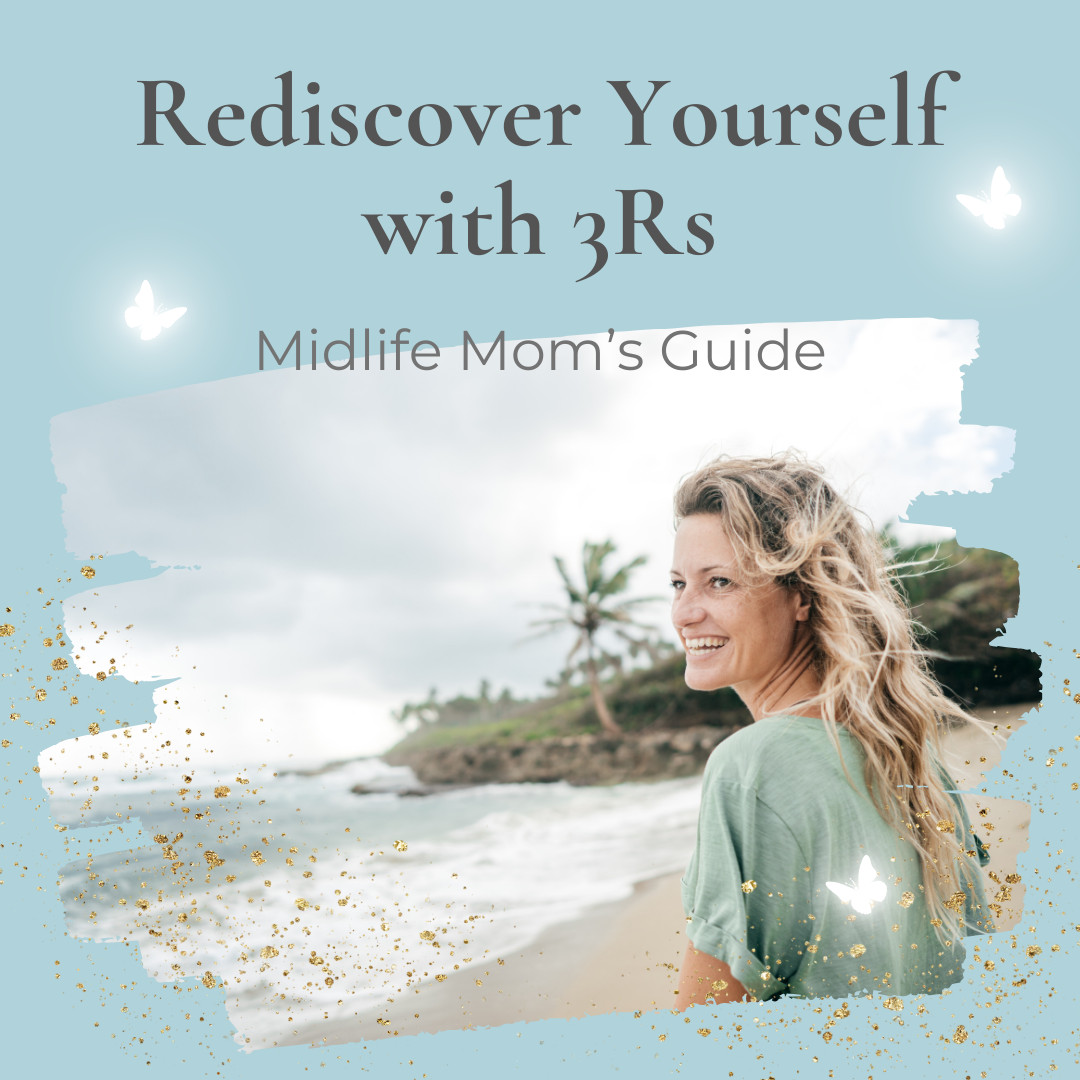


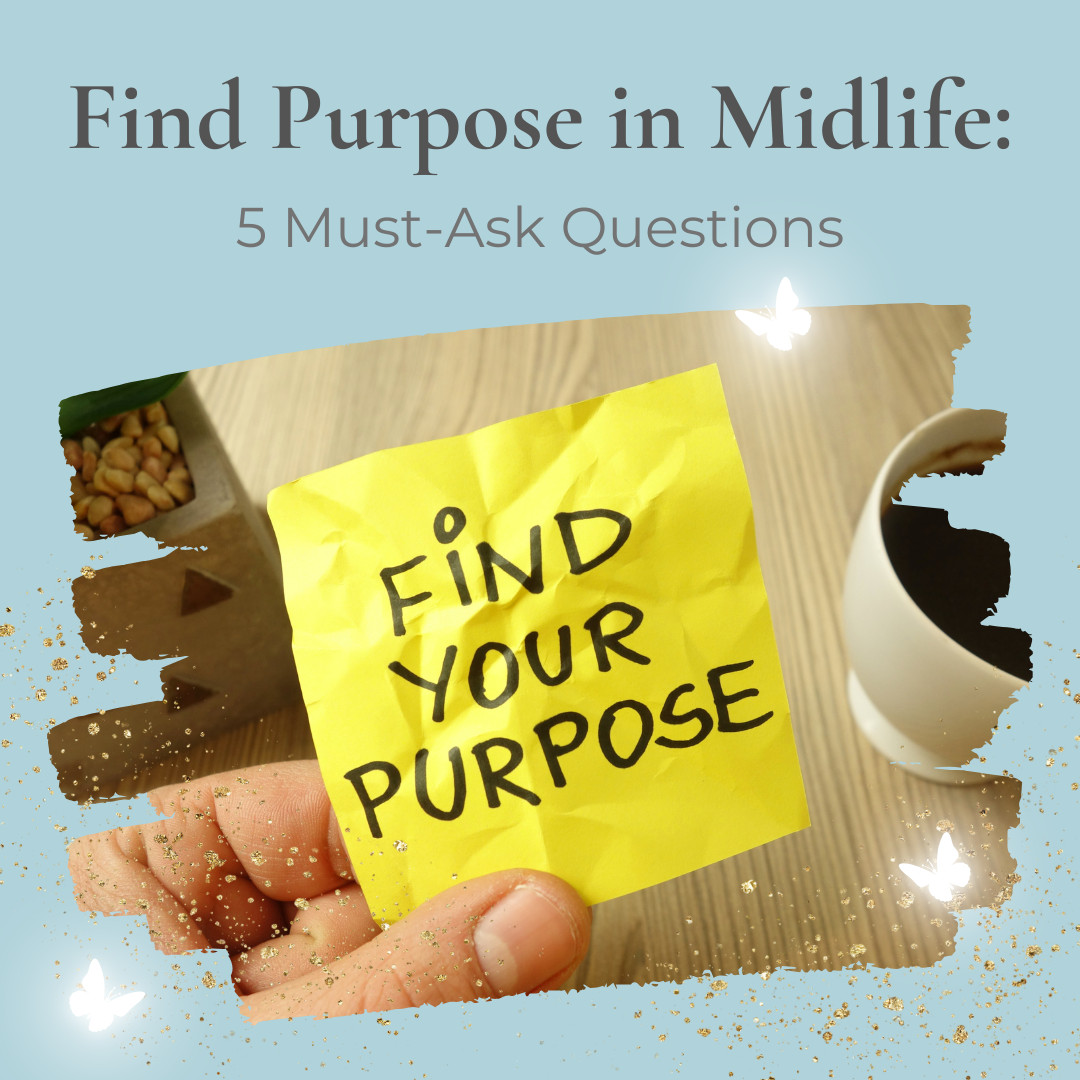
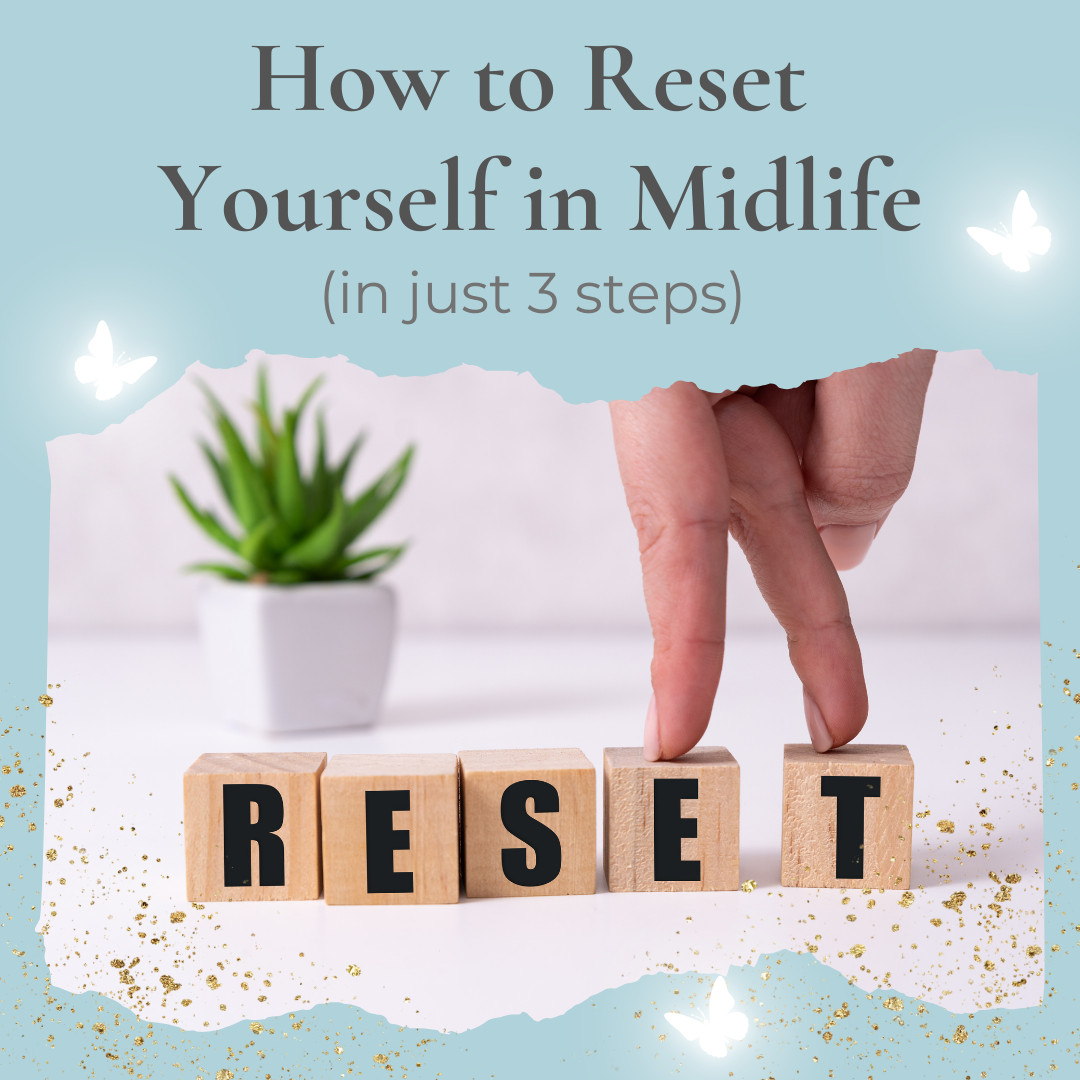

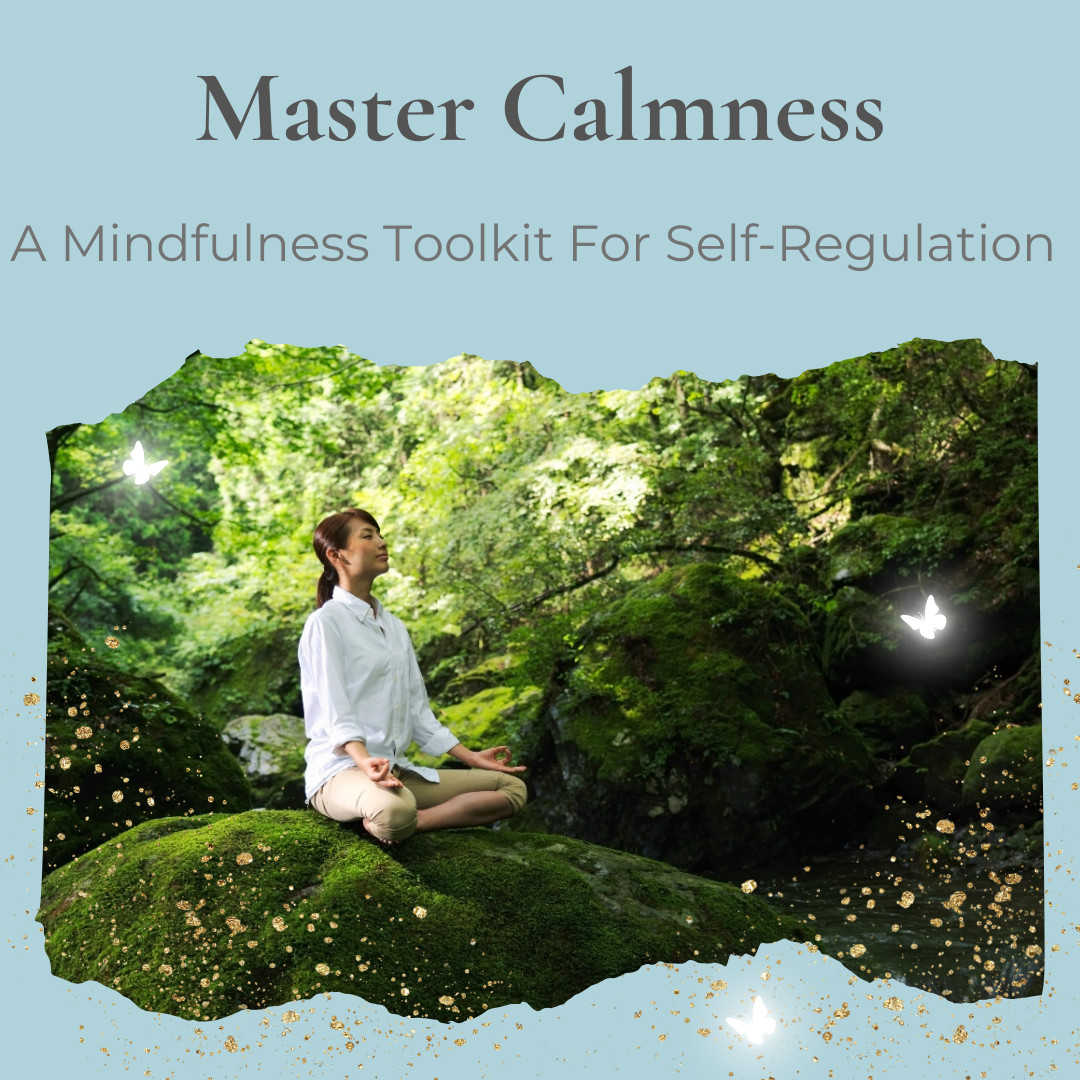
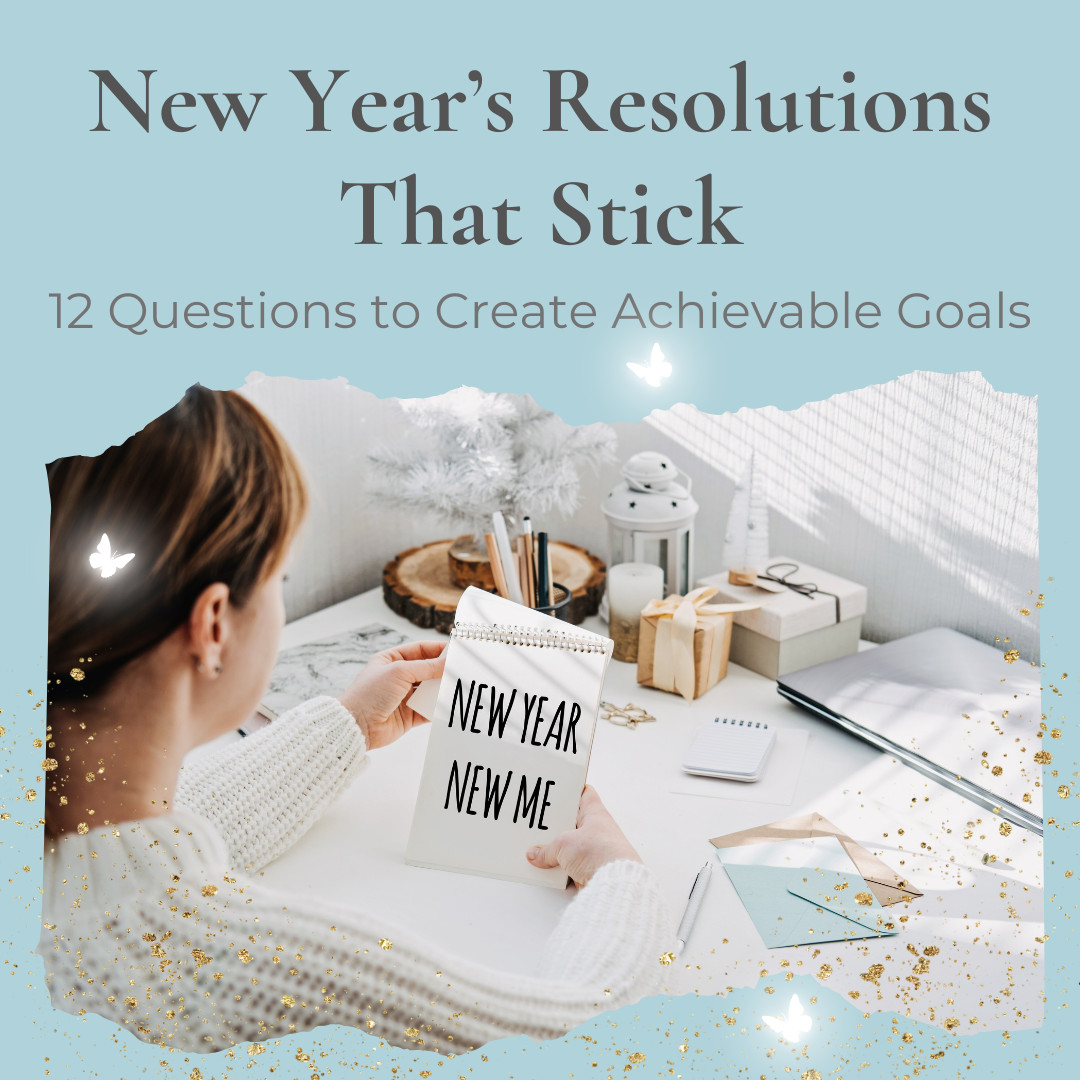
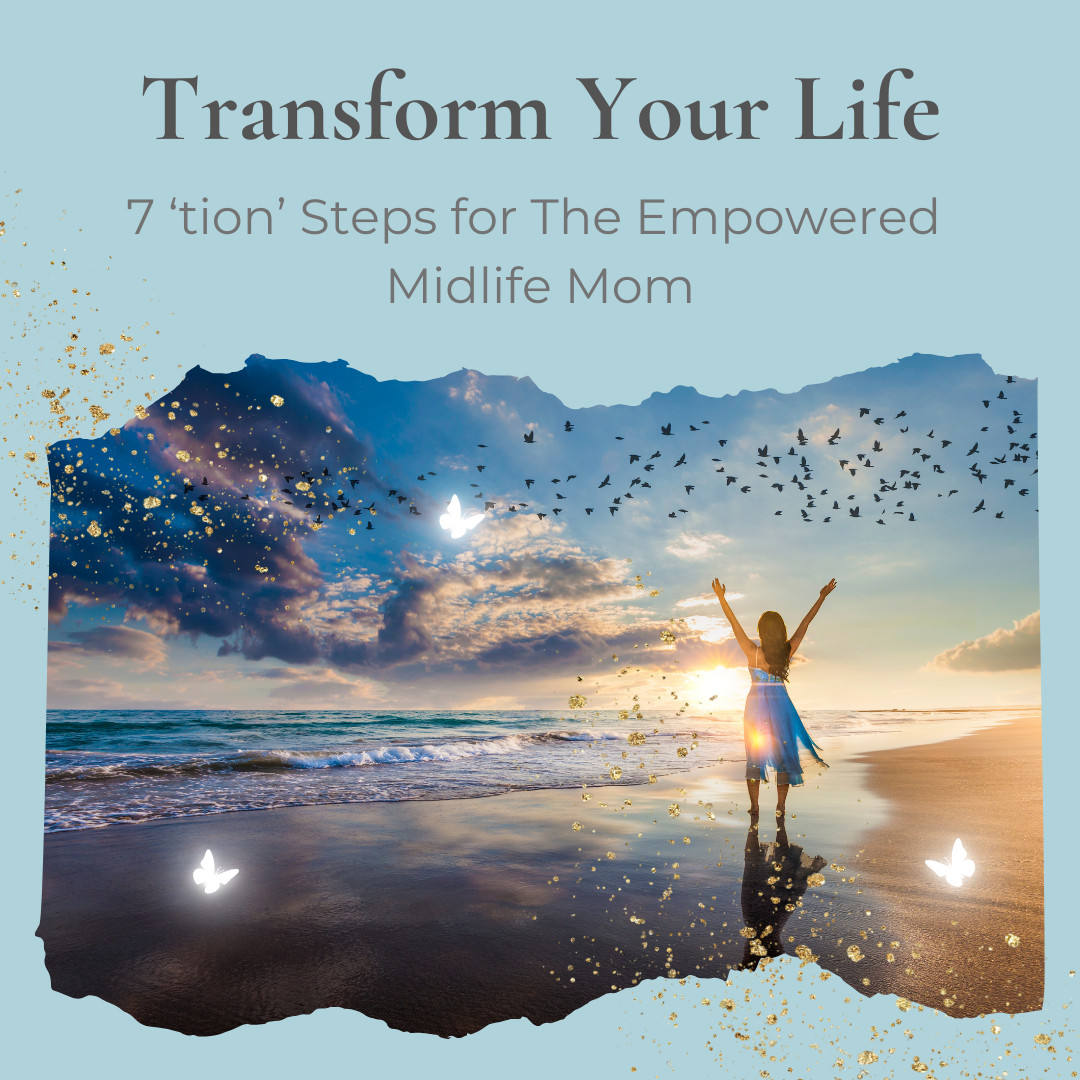
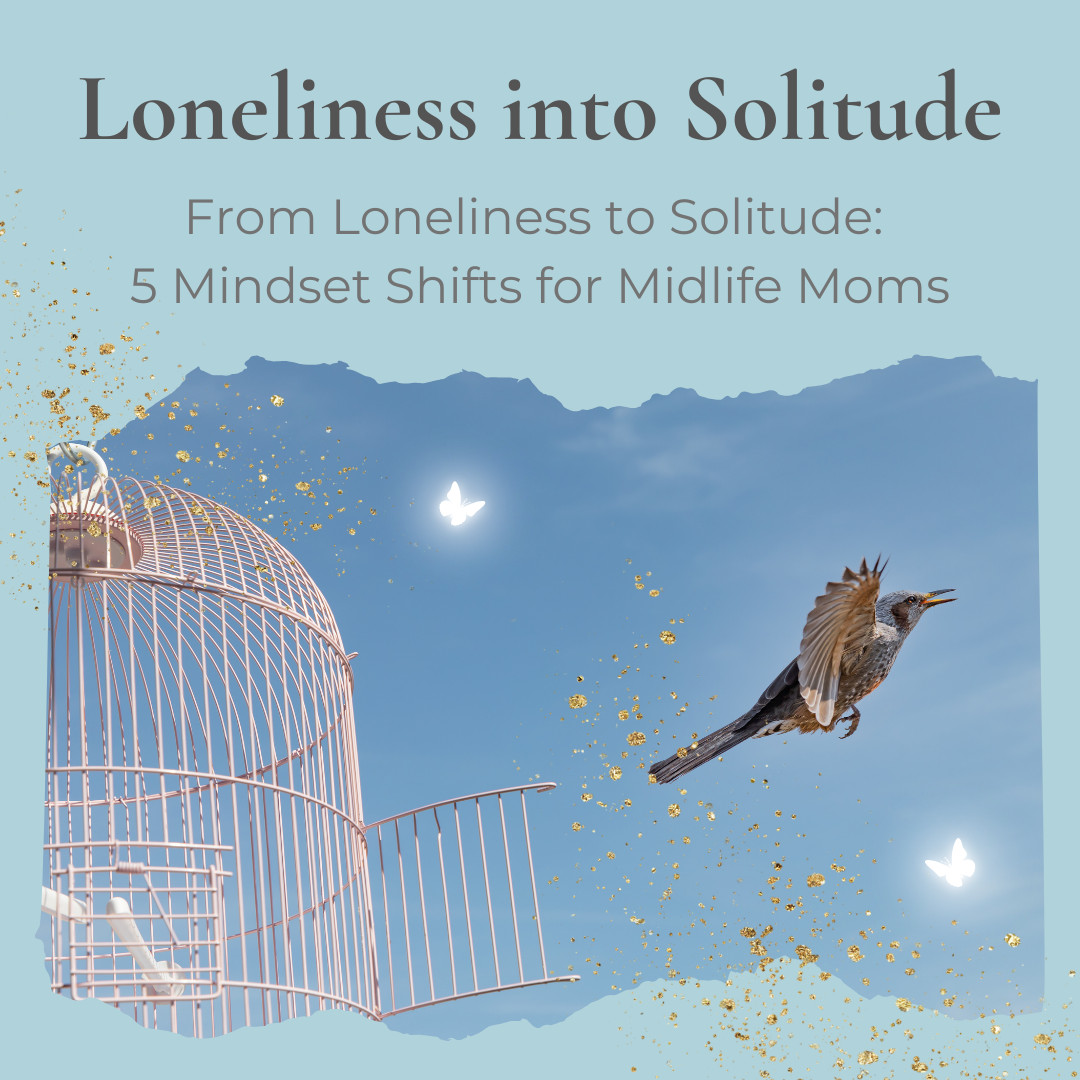
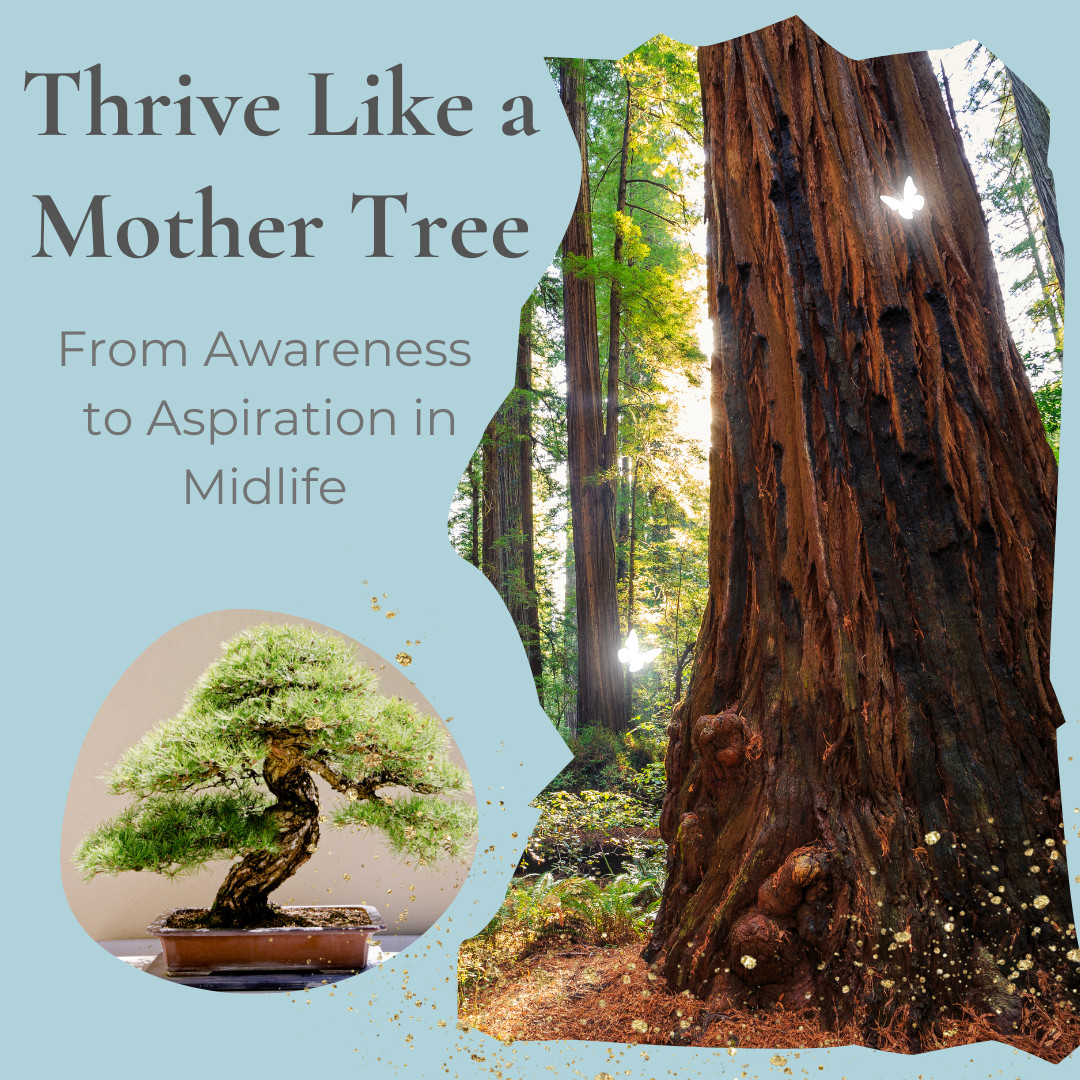
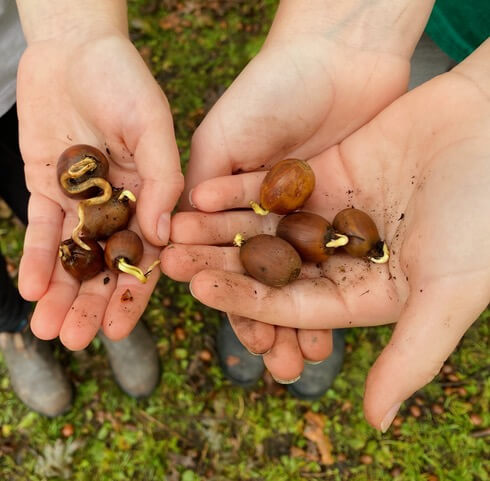



0 Comments